Banjo Tone Woods
“The tone ring is the most important banjo part; the wood doesn’t make any difference!”
“Tone wood matters in guitars and violins…banjos are mechanical and wood has no effect.”
Statements like these are saying, “the quality of meat in the spaghetti sauce is the most important part: the quality of the tomatoes makes no difference.” So… does that mean green, un-ripe tomatoes, or rotten tomatoes don’t affect the sauce?
I think it’s fair to say they do. The wood used in a banjo has a profound effect on tone and response.
Different wood species vary in density, acid or oil content, hardness, resonance, etc. It is true that each species of wood can vary somewhat, like a particularly hard piece of walnut or a particularly soft piece of maple.
But, as a general rule of thumb, each species can be at least generally characterized by certain qualities.

Mahogany
Mahogany is the softest of the hardwoods. It is characterized by a gentler sound; A warmer sound. I characterize it like a “soft focus photograph”. The sound is warm with a soft edge. Bela Fleck has stated that he likes the sound of mahogany banjos. For the player who is not searching for brightness and quick response, and prefers a slightly softer, “sweeter” sound, mahogany is ideal.
The “response” is how the strings react to your fingers. Mahogany has a slower feel. There is a feeling of “pulling the sound out of the banjo.”
It is an extremely stable and somewhat oily wood. It is usually medium brown with a bit of red and/or orange in its color. It is also becoming harder to find. If you are interested in a mahogany banjo, buy it now before it is impossible to find.
Maple
Maple is an acidic wood. It tends to create a very bright sound and responds very quickly. By quickly I mean, plucking the string feels like something pops or snaps. There is a feeling of “the sound popping or snapping right out of the banjo.” One customer described it as “breaking a glass rod with every pluck.”
Maple has a clear sound with a sharp, clearly defined edge. It is a bit like a razor sharp photograph where every detail is crisp and clean.
Maple is generally a harder wood than mahogany and that hardness is one factor that makes maple banjos seem louder. The softer mahogany neck absorbs some of the strings vibrating energy. The harder maple neck absorbs less of the string energy so the string energy vibrates stronger at the bridge…which makes the banjo sound a bit louder. The harder neck wood enhances higher frequencies and therefore the maple banjo sounds brighter.
Maple is light tan, and while some maple is straight grained and almost looks white, some maple has cross grain stripes of a darker tan color sometimes called “fiddle back” or “tiger striped” because of the use in sides and backs of violins and the similarity to the tiger’s stripes. The “tiger striped” or sometimes called “curly maple” is highly sought after for its dynamic appearance and striking grain patterns.
Maple is very popular among banjoists.
Walnut
Walnut is a chocolate brown color, acidic and stable wood that is usually harder than mahogany but softer than most maples. It’s deep color is prized by many banjoists. It is not as traditionally popular as maple or mahogany, but it is very popular with some players.
Its relative hardness gives it more brightness than mahogany, but more warmth than maple For players who find maple a little too bright and mahogany a bit too warm, walnut is perfect compromise.
Bluegrass banjo giant and Deering Signature banjo artist Terry Baucom specified straight grained walnut for his Deering “Terry Baucom signature model.” The blend of brightness and warmth was a perfect match for Terry, “the Duke of Drive.”
How Do These Woods Affect a Banjo’s Sound?
Resonators
A banjo resonator is laminated for stability and durability. The exterior wood is a veneer that matches the wood used in the neck. The sound change from the exterior layer of wood is subtle, but very real. We have done experiments putting different resonators on the same banjo and noting the differences.
Since the resonator is a “reflector” its effect on the sound can vary due to its density and weight. The depth and internal shape of the resonator creates a “Tone chamber” that creates a sound of its own, but the tone chamber is not part of our discussion today.
Some customers have asked us for a maple resonator for their mahogany banjo to make the sound “pop.” The effect of the resonator, while definite, is pretty subtle. You won’t make a mahogany-necked banjo “pop” merely be installing a maple resonator.
Singing in a concrete bunker is very different than singing in a carpeted office. One has hard dense walls that bounce sound around the room and the other has furniture and carpet that absorbs sound to make things quieter. This is an illustration of how the sound can be affected by the density and hardness of a resonator.
A hard maple veneer on the resonator makes the resonator a little stiffer and heavier. A mahogany veneer makes the resonator a little softer and lighter.
Neck
These changes have a similar effect as the wood in the neck, but the neck, because the strings are fastened directly to it via the tuning machines, have a profound effect on the banjos sound.
If I tied one end of a rope to a concrete wall and the other end to the end of a two by four that has been pressed into the ground, and I push on the rope or “pluck” the rope, the two by four will bend a bit and the wall will not.
Now, if I tied the rope to the wall and then press a steel “I” beam into the ground, the “I” beam will still bend more than the wall, but the rope will not move as easily as when it is tied to the wall and the two by four.
So, if I stretch a banjo string over a neck that is softer, every time I pluck the string, the softer wood will bend or deflect with the pressure of plucking the string.
And, if I stretch that banjo string over a neck that is harder, every time I pluck the string, the harder wood will bend less than the softer wood, and more of the plucking energy will be absorbed by the bridge and the banjo head.
Maple is popular partly because the maple neck seems “louder” because the stiffer neck absorbs less energy of the string vibrating but the energy has to go somewhere and so it goes into the bridge and head.
Mahogany is popular because when it is absorbing some of the string vibrating energy, it softens the energy going to the bridge and head and creates a “sweetness” of tone in a banjo.
If the wood in an instrument has any natural oil in it, this also gives the banjo a little bit of warmth. Acid is much lighter in weight than oil and so woods like maple and walnut, which have more acid content than oil, tend to sound a little “dryer”. One is not better than the other, they are just characteristics that we utilize when helping customers create their “sound” or when we design a banjo model.
What Should I Choose for My Banjo?
The tone wood in the neck and resonator add a “color” to the banjo tone. The effect is like a subtle “shading” of the tone…. A little brighter, a little warmer, a little quicker responding, a little gentler response…
The tone wood does not have the dramatic effect of a different tone ring, or flange design, etc, but it has a very definite enhancing effect.
So, ignoring the choice of tone ring, flange design, tailpiece, etc, here are a few rules of thumb.
- Maple will enhance the brightness. It will give you the brightest sound possible. Maple will also give you the most dynamically responsive banjo you can get - it will let you play very soft or very loud.
- Mahogany will create the warmest sound possible. If you like to feel like “pulling the sound” out of a banjo, mahogany is a great choice.
- If you want something in between, walnut and koa are good choices.
So, wood choice isn’t the whole picture, but it is a definite part of what contributes to the banjo’s tone color.
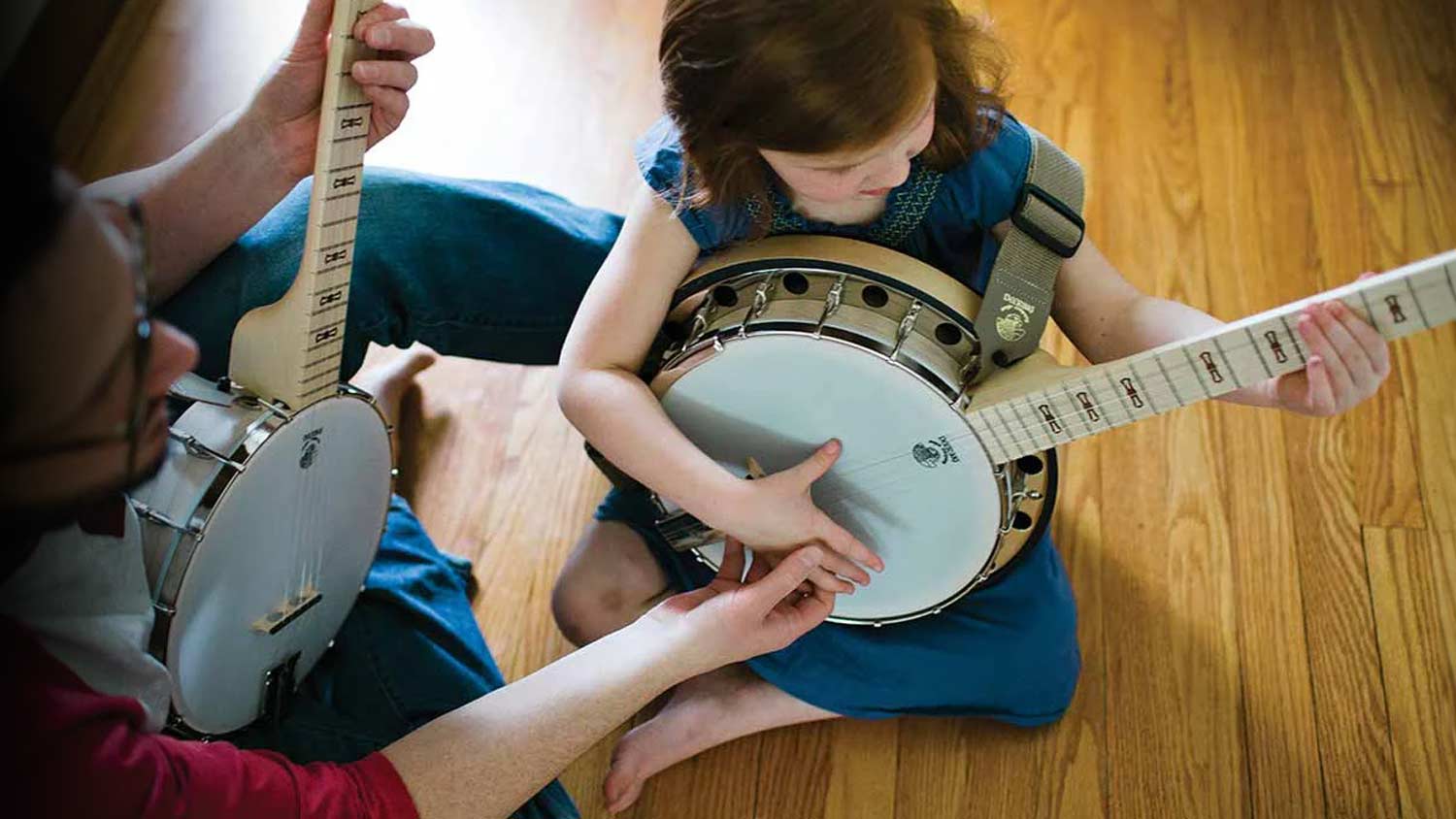



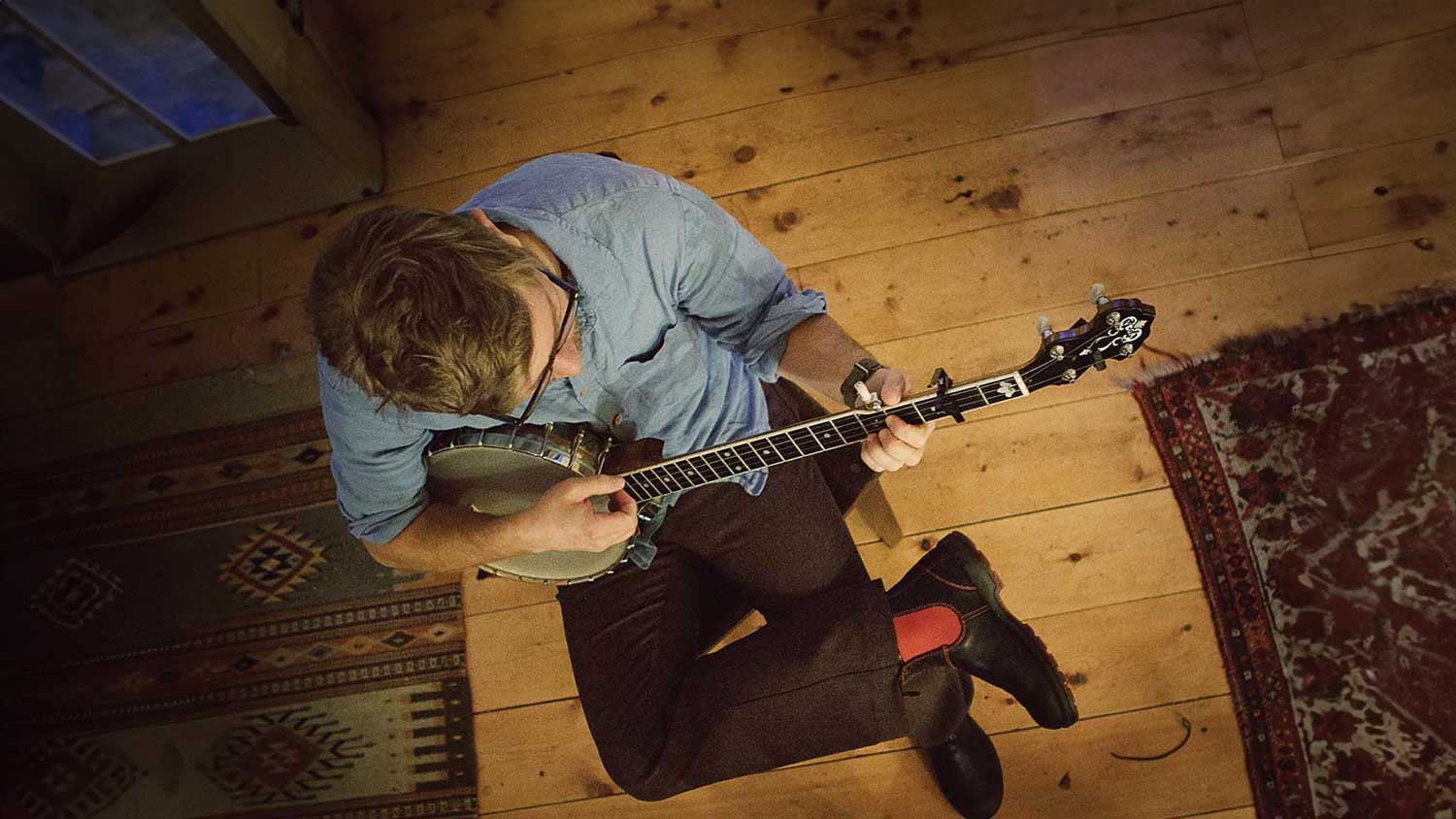
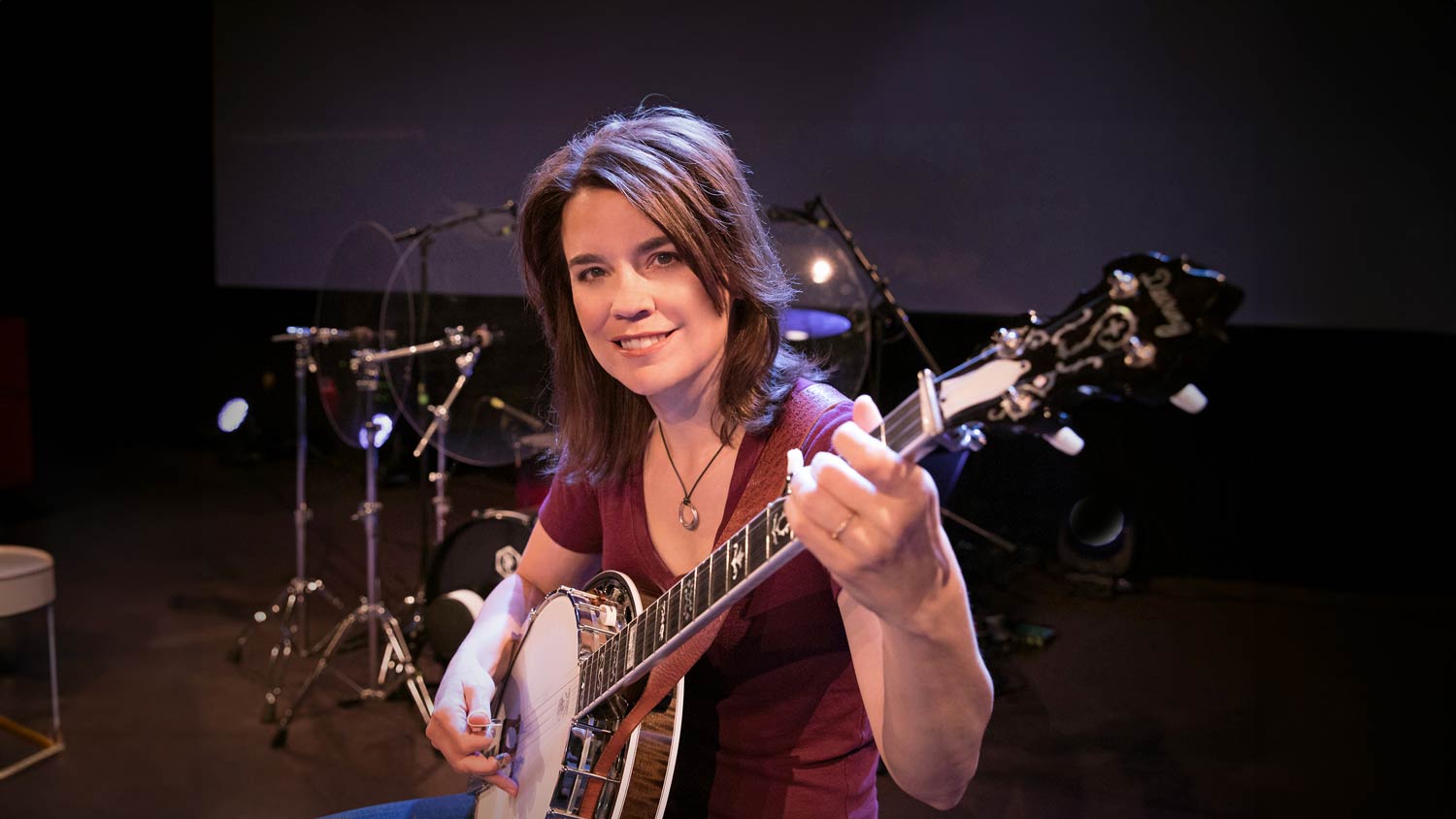

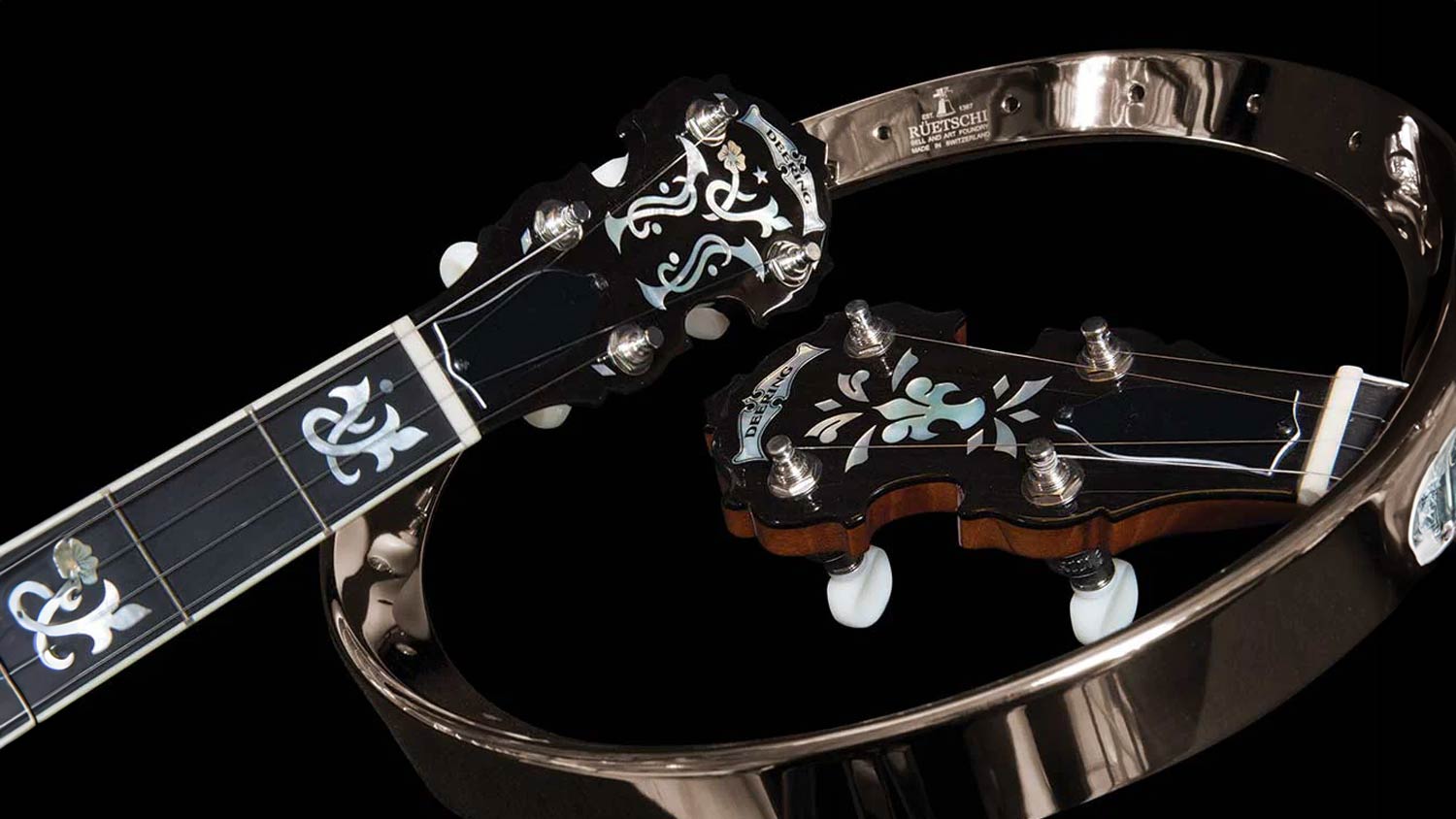

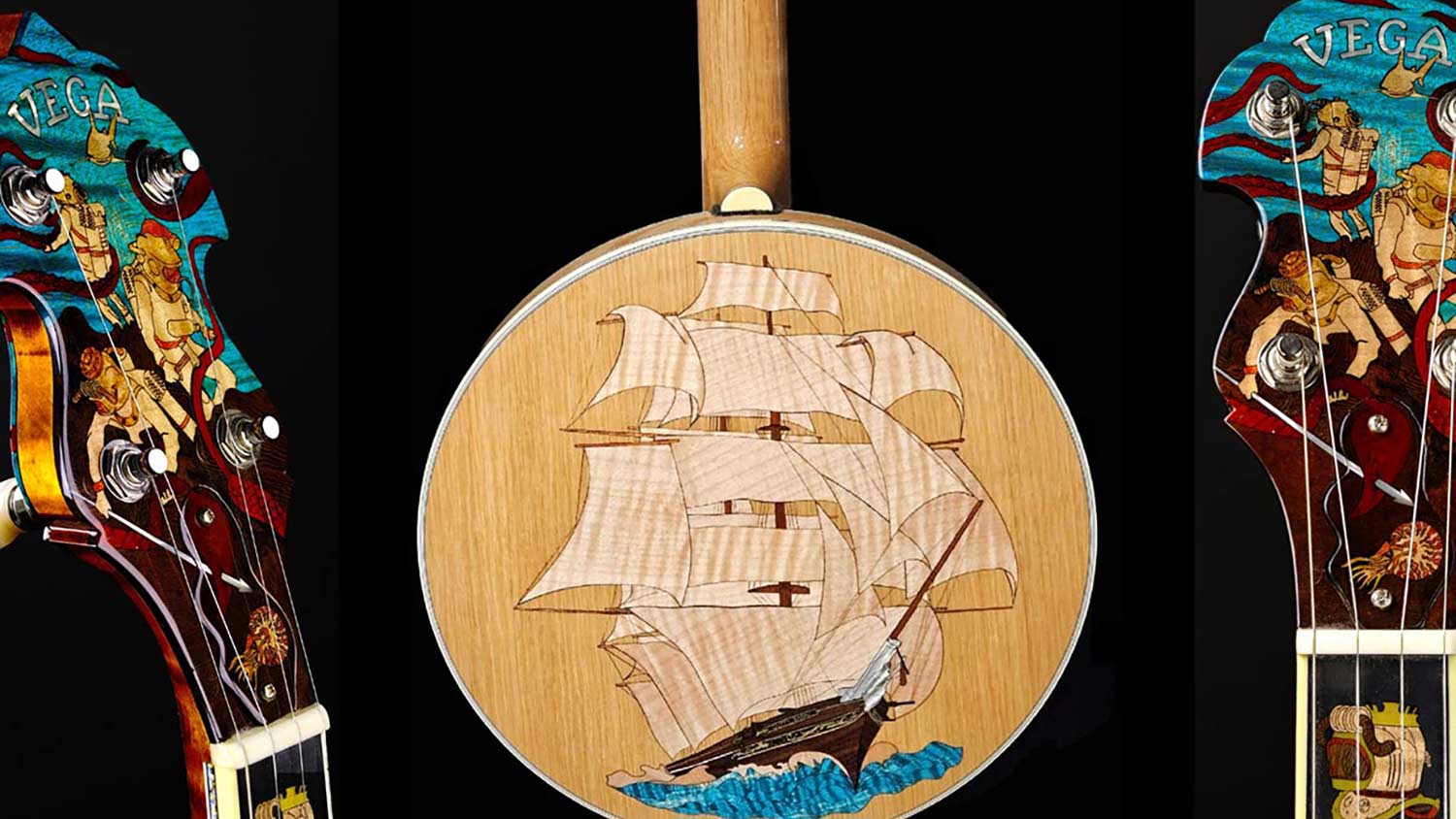





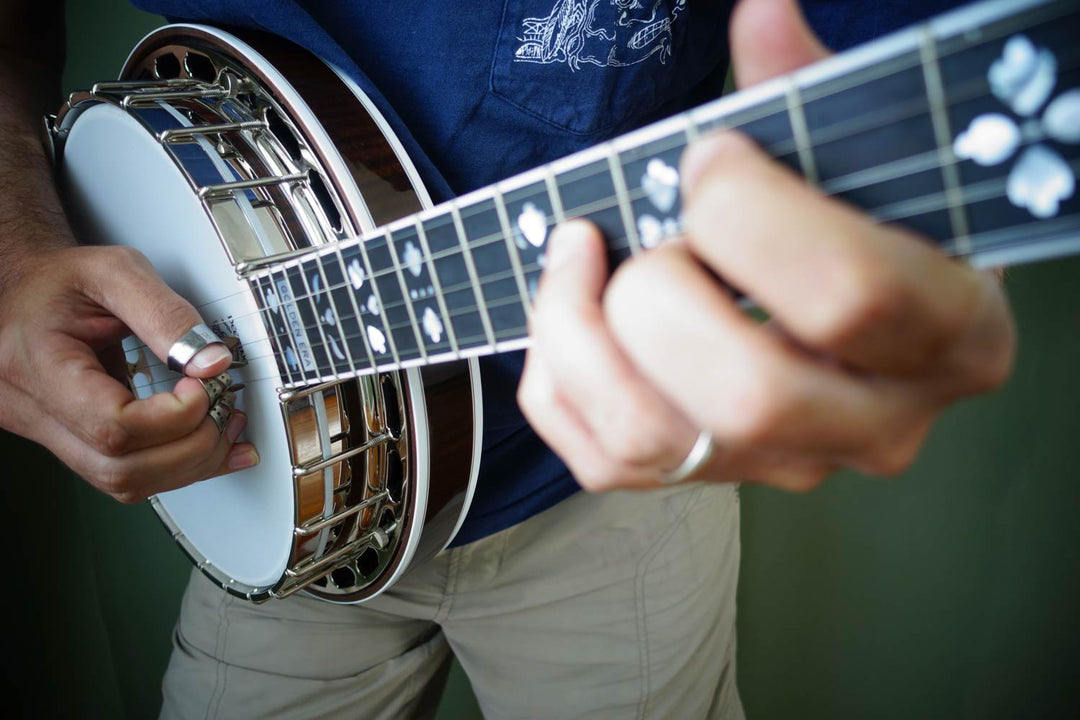
Hello fellow Pickers, I have a few banjos, and the one thing they all have in common is that playing ( sometimes well, sometimes not) ALWAYS makes me feel happy. My favourite is my Calico, with a radiused neck.
All of your articles are appreciated, and reading these comments by other players add to my experience.
I have a nice 1970’s MANN Deluxe, with a nicely mother of pearl inlaid Pot ,which I think, is made of Walnut,and fitted with a two piece Mahogany neck. It does sound good, but I agree that the Calico is much brighter and louder.
Regards to all, Greg
Thanks again Tom. See the response above.
Thanks Wes. We are SO honored that you like your Goodtime banjo. It’s funny in the instrument building business, what one customer tells us is a “night and day difference” in sound, another will tell us is “about 10% difference” and another will tell us “there is no difference”. It gets all the more confusing when the message is made by equally wonderful musicians. So, we keep pursuing our “magic banjo sound” that we hear “between our ears”. In the meantime, it the most gratifying experience I know of when you have such high praise for your Goodtime banjo. Keep on pickin’ and stay in touch. Thanks again.
Thanks for the response Anthony. The quote at the beginning of the article is a quote that I’ve heard over the years that is not accurate but constantly being repeated around some banjo circles. It’s an example of the mentality that “this item is the most important in the formula.” But a formula is just that; a combination of ingredients that create a finished product that is more than the parts. The choice of rim wood is fun for banjo enthusiasts to experiment with to find new and different banjo voices. It is true that each kind of wood tends to have its own character of sound. Over the years, we have observed that most banjo enthusiasts “come back” to maple rims after trying out various exotic rims. There is a tone that most of us associate with a banjo that is only found in a banjo with a maple rim. However, experimenting is enlightening and great fun. The “lost Timbre” rims and “sunken maple” rims are an interesting phenomenon. There is a lot of press among hobbyist banjo players but few professionals that I know use these rims. This is not to say there isn’t merit in this “water matured” wood, but it hasn’t taken hold of the banjo market in any significant way. It’s difficult to know that this wood is all that it is marketed to be when, just like in guitar building, the finest wood makes an average guitar if the maker is not skilled. Just like a most skilled maker can make a great guitar with modest wood. I’ve heard banjos with the lost wood rims and some were nice and some were just ok. We’ve never been commissioned to make a lost wood rim banjo so my personal experience is limited. When Deering makes banjos, we also must find sources of wood that are reliable and consistent. Our violin maple is reasonably available and very consistent and sustainable. We hope to be able to make these rims for years. But our choice of this violin maple is because it gets us closer to the “magic tone voice” that we and many banjoists are searching for. Other woods sound nice, but we are looking for the combination of clarity, vibrance, warmth and sustain that we and thousands of banjoists have dancing about between our ears. We keep looking….and picking….and looking…. and picking….. Thanks for your email Anthony. Please keep in touch.
Thanks Nico. Keep in touch.
Leave a comment